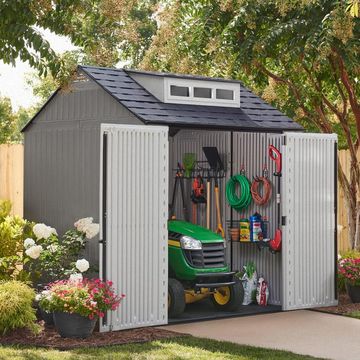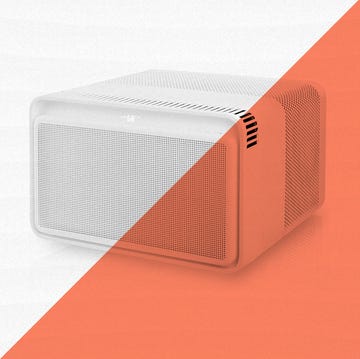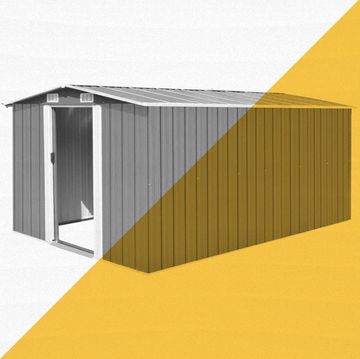I stripped the threads on one plumbing connection and now it's a running joke with my brothers that I'm Jack the Stripper. I'll never live it down. Seriously, when is a screw, bolt, or plumbing fitting tight enough?
It depends on what you're trying to tighten. For plumbing fittings or pipe assemblies, snug the parts by hand and then use a wrench to finish. The additional amount of tightening with a wrench is known as turns past finger-tight or turns from finger-tight (TPFT or TFFT, respectively). The amount of TPFT can range from one-sixth of a turn for a small brass flare fitting to a one-quarter turn for the nut on a flexible supply riser tube to three full turns for a large-diameter steel pipe fitting.
When installing a plumbing fitting such as a faucet, spray head, or flex tube, read the directions that come with the part or check the fine print on the product tag; the TPFT information is easy to overlook. Specifications for individual parts sold in bulk, such as flare fittings, are usually listed on the manufacturer's website or in the parts catalog. For commodity items such as pipe fittings, if there's no information on the manufacturer's website, make between one and three TPFT until the part is firmly tight and pointing in the right direction. Always back-hold the part you're turning against. For example, if you're turning a nipple onto a pipe, back-hold the pipe with a second wrench.
Tightening other screws and bolts can be more complex. Manufacturers and standards organizations have a strict set of torque values for terminal and binding screws on electrical devices and for the screws and lugs inside service panels, but studies have shown that these standards are not followed. "Even experienced electricians often overtorque or undertorque electrical connections," electrical engineer and licensed master electrician Christel Hunter says. "It just doesn't make sense to do this work without proper tools, like a torque screwdriver or a torque wrench."
The typical binding screw on the side of an electrical-outlet receptacle or switch requires 12 inch-pounds of torque, but connections inside a home's service panel may need several times that amount. The specific torque value is usually listed by the manufacturer; it can also be found in Column B of the National Electrical Code's Informative Annex I.1 and I.2.
That brings us to bolted connections. With the exception of automotive and outdoor-power-equipment manuals, product information doesn't usually include torque values. In fact, PM rarely lists them in construction projects. So you're on your own. We suggest you tighten the nut, bolt, or machine screw by hand until it makes contact with the washer or the surface of the workpiece. Then, using an adjustable wrench or a socket wrench, make a consistent number of turns to ensure that all the bolts have the same torque. Of course, if you are building something such as a steel structure or bolting together a machine, read the manufacturer's instructions to see if torque values are specified.
Torque Tips
Here's some help when the thread going gets rough:
1. Repair holes for electrical screws and lugs with a triple tap, a tool that cuts new threads or cleans out those that are clogged with rust, dirt, or paint.
2. Scrub off dirt using a plastic parts-cleaning brush; it cleans threads without damaging them.
3. Wipe a dab of Super Lube on damaged threads to help them take.
4. Spray silicone lubricant on a paper towel or a parts brush to clean dirty threads.

Roy Berendsohn has worked for more than 25 years at Popular Mechanics, where he has written on carpentry, masonry, painting, plumbing, electrical, woodworking, blacksmithing, welding, lawn care, chainsaw use, and outdoor power equipment. When he’s not working on his own house, he volunteers with Sovereign Grace Church doing home repair for families in rural, suburban and urban locations throughout central and southern New Jersey.













